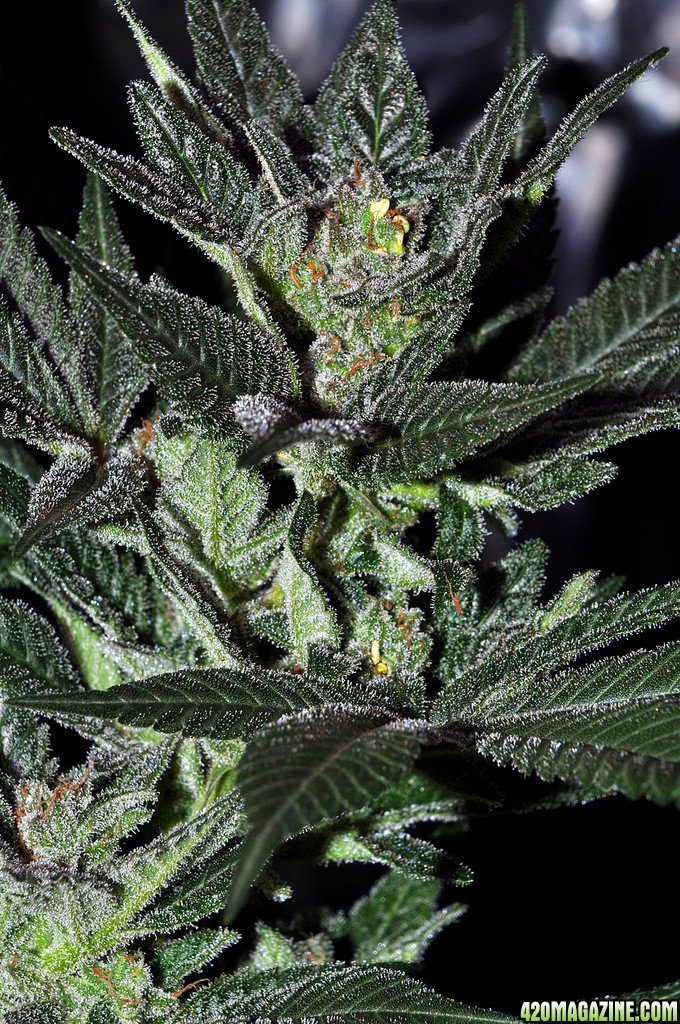more reading on silver....
snip --
The difference between ionic silver and silver nanoparticles
Ionic silver is not the same as metallic silver nanoparticles . For example, metallic silver is not water soluble (does not dissolve in water) but ionic silver is water soluble (it does dissolve in water). Technically speaking, a silver ion is an atom of silver that is missing one electron. It is the outermost electrons of an atom that determine the physical properties of matter. Take away one electron from a silver atom and you get a silver ion which is water soluble. In its ionic form, silver is highly reactive with other elements which means it will readily combine to form compounds. Ingestion of highly concentrated forms of ionic silver (having a silver concentration of 100 ppm and above) could potentially cause a condition called argyria, a permanent discoloration of the skin.
The importance of silver nanoparticles
Because a true silver colloid consists of silver nanoparticles, not ions. Inside the human body ionic silver quickly combines with chloride to form an insoluble compound called silver chloride which is far less reactive than metallic silver nanoparticles. In fact, ionic silver cannot survive inside the human body. In the digestive tract hydrochloric acid supplies the chloride ions that cause ionic silver to quickly form silver chloride. If some ionic silver were ever able to get into the bloodstream it would encounter a large supply of chloride ions owing to the fact that blood serum is rich in sodium and potassium chloride, again quickly forming silver chloride. Only silver nanoparticles can survive inside the body. Read the detailed study that proves that stomach acid destroys the effectiveness of ionic silver in a study that tested the Effects of HCL (Stomach Acid) on Colloidal and Ionic Silver.
What is silver chloride?
Silver chloride is a compound that is formed when silver ions combine with chloride ions. It is an insoluble compound which means once it is formed in the human body, it remains as a compound and does not dissolve. Silver ions and chloride ions have such a strong attraction for each other that it is almost impossible to keep them apart. Once they find each other they form the silver chloride compound. Because ionic silver forms silver chloride inside the human body it cannot exist as a ionic silver for more than a few seconds. This means that all ionic silver will turn into silver chloride once inside the body. Silver chloride is eliminated by the kidneys and expelled through the urine, but it also has its dangers.
Not only does it fail to provide the benefits that colloidal silver is known for, but more importantly, ingestion of highly concentrated forms of ionic silver having a silver concentration of 100 ppm and above can potentially cause argyria, a permanent discoloration of the skin.
end snip --


























 How about yellow?
How about yellow?
 ... sorry
... sorry





 j/k man no clue what you should do people still ingest it for health reason still to this day
j/k man no clue what you should do people still ingest it for health reason still to this day 